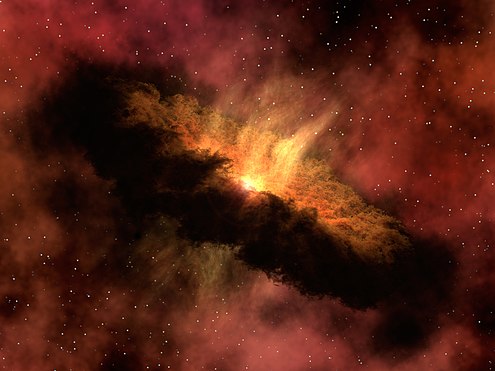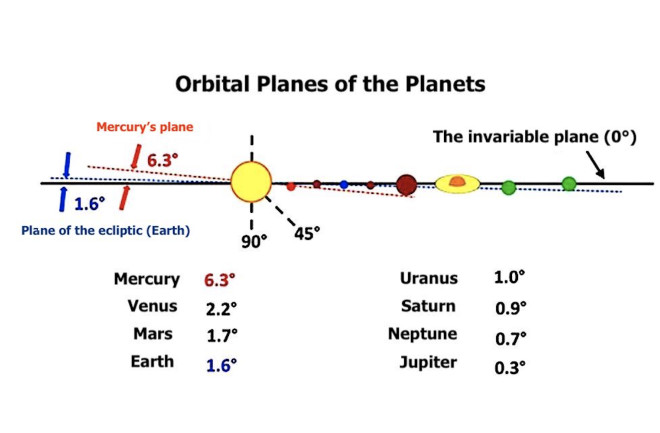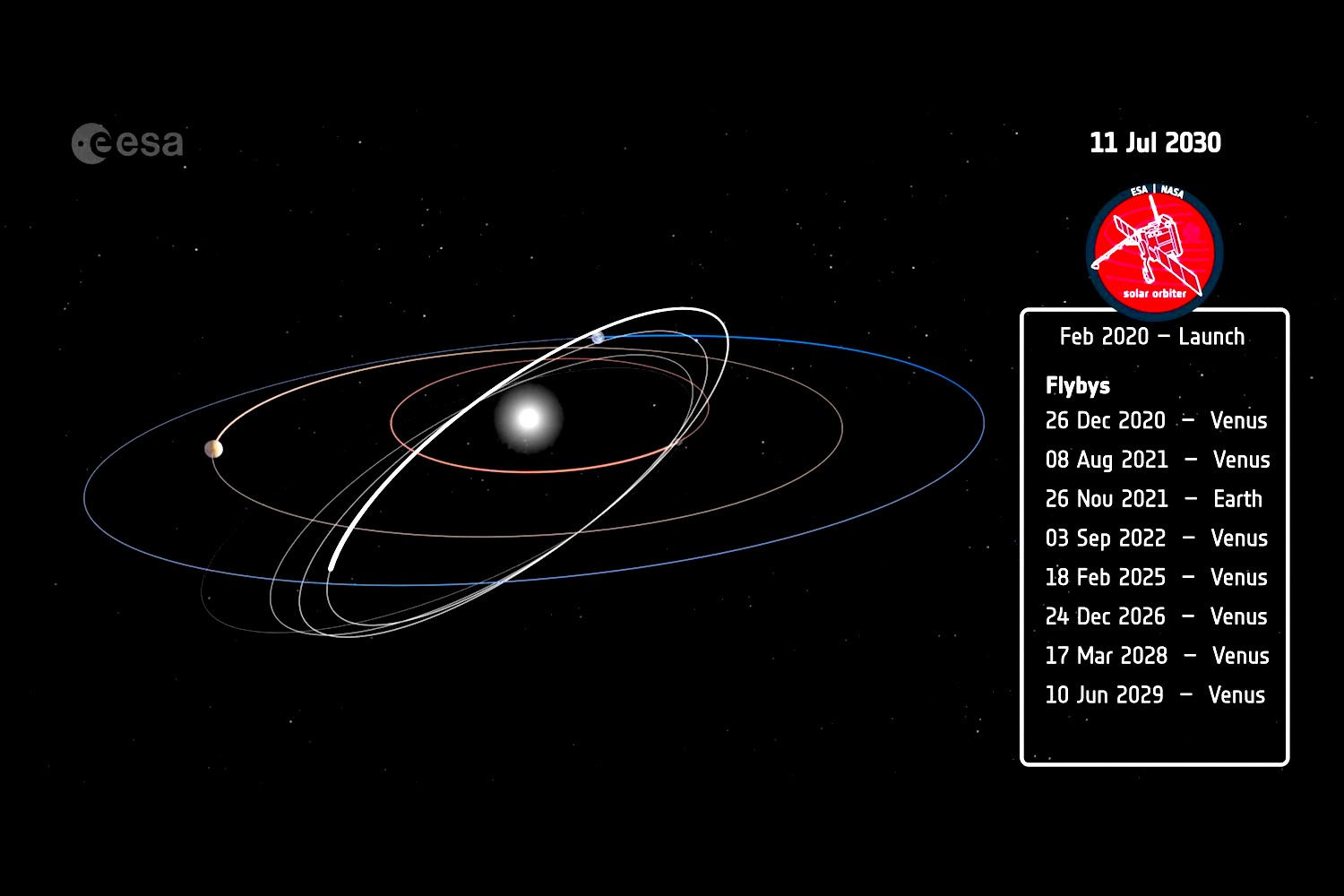Speaking of a science class, some basics to start with;
Formation and evolution of the Solar System
...
The formation of the
Solar System began about 4.6
billion years ago with the
gravitational collapse of a small part of a giant
molecular cloud.
[1] Most of the collapsing mass collected in the center, forming the
Sun, while the rest flattened into a
protoplanetary disk out of which the
planets,
moons,
asteroids, and other
small Solar System bodies formed.
This model, known as the
nebular hypothesis, was first developed in the 18th century by
Emanuel Swedenborg,
Immanuel Kant, and
Pierre-Simon Laplace. Its subsequent development has interwoven a variety of scientific disciplines including
astronomy,
chemistry,
geology,
physics, and
planetary science. Since the dawn of the
Space Age in the 1950s and the discovery of
exoplanets in the 1990s, the model has been both challenged and refined to account for new observations.
The
Solar System has evolved considerably since its initial formation. Many moons have formed from circling discs of gas and dust around their parent planets, while other moons are thought to have formed independently and later to have been captured by their planets. Still others, such as Earth's
Moon, may be the result of
giant collisions. Collisions between bodies have occurred continually up to the present day and have been central to the
evolution of the Solar System. The positions of the planets might have shifted due to gravitational interactions.
[2] This
planetary migration is now thought to have been responsible for much of the Solar System's early evolution.
...

en.wikipedia.org









